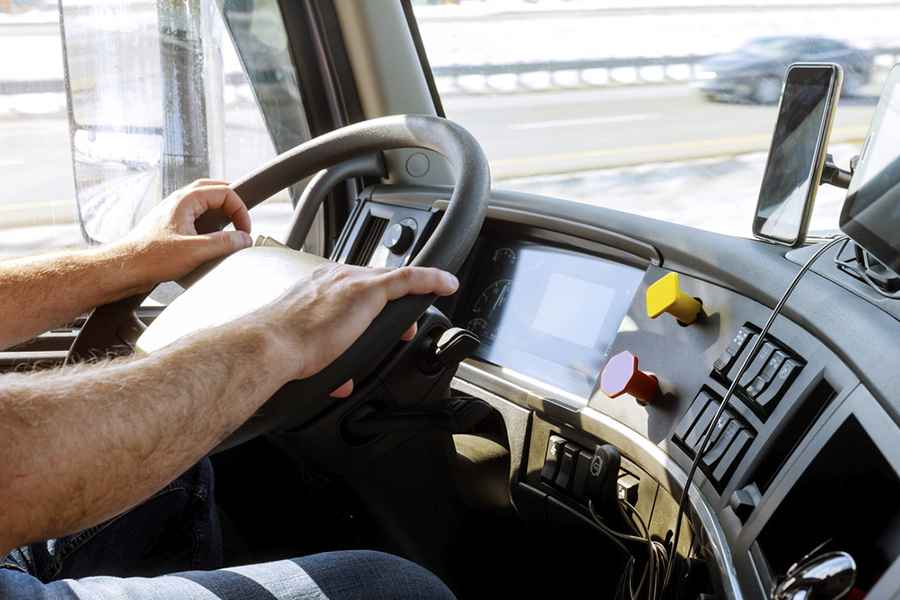How Regulators and Law Enforcement Agencies Keep Roads Safe
For the vast majority of drivers, the idea of roadway safety is not their primary concern. Fortunately, there are city officials, state agencies, federal regulators, and multiple layers of law enforcement personnel who are charged with making sure streets, roads, and highways are as safe as possible. They accomplish this enormous task in a number of ways.

To make sure that commercial fleet trucks operate safely and don't carry overweight loads, there are specific weight-limit, also known as payload, laws on the books in every jurisdiction. Other techniques that keep drivers and passengers out of harm's way include regular removal of debris from all lanes in which cars and trucks drive, ongoing repair of damaged and unsafe roadways, enforcement of traffic laws, and precise engineering design of new roads, bridges, and other driving surfaces. Consider the following details to better understand the concept of road safety.
Enforce Vehicle Payload Limits
Fleet managers in transport companies are acutely aware of payload limits on the routes their trucks use. One of the main reasons a jurisdiction's truck payload limit is such a critical metric is because of strict regulatory enforcement. Fines are stiff, and drivers can face all sorts of hassles when they make the mistake of exceeding maximum weight rules. For fleet supervisors, one of the top priorities is making sure drivers are aware of all payload limits 24/7.
In addition to the safety concerns connected to carrying too much cargo, unduly heavy loads can cause long-lasting damage to vehicles, particularly to brakes and suspension systems. Additionally, when there's too much cargo on board, the primary danger is that the excess weight can reduce safe braking distance and lead to an accident. Professionals who own and manage transport fleets must be able to figure weight maximums, understand the concept of towing capacity, and grasp the basics of payloads in order to successfully and safely operate a commercial fleet.
Remove Debris and Obstacles
Several local and state agencies are responsible for getting potentially dangerous debris out of driving lanes. The same is true for natural or manmade obstacles, like snow banks, hazardous pools of water, discarded junk, and items that fall from vehicles. Where traffic is dense and speed limits are high, as is the case on interstate routes, a single large piece of debris can present a major hazard.
Regular Repair
Potholes, degraded pavement, cracks, and uneven surfaces that appear as a result of wear and tear are some of the most common reasons repair crews are kept on call 24/7. Of course, municipalities, states, and the federal government keep specific schedules for regular roadway repair. But when emergencies present themselves, teams of workers are dispatched to deal with unscheduled needs as well.
Traffic Laws
In addition to dangers presented by physical hazards and debris, human drivers are another component of the general safety situation on highways and streets. Local and state officers patrol around the clock to protect the citizenry from impaired drivers, speeders, and red-light runners. Speeding and impaired driving account for well more than half of all serious traffic accidents.
Image credit: Depositphotos